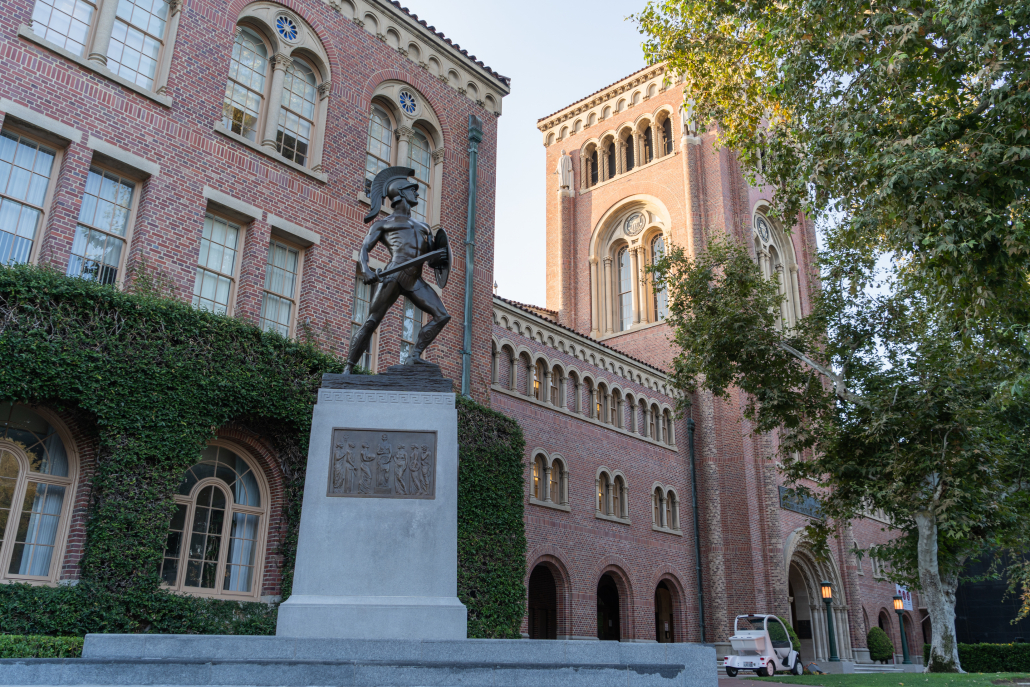Wellness days are useless for students

The coronavirus has disturbed nearly every aspect of normal life — from college to travel and grocery shopping. USC has taken unprecedented steps during the pandemic, including moving classes online, introducing summer scholarships and reorganizing housing. One decision, trading a traditional spring break for five wellness days, has been especially controversial.
On Oct. 14, 2020, USC issued a statement announcing wellness days. The University claims the change is necessary to “minimize the risk of the virus spreading due to travel.” Wellness days are days where there are “no classes and no classwork is expected of students.”
There was an initial pushback on this decision. Now, over halfway through spring semester and actually having experienced these wellness days, students are extremely dissatisfied with USC’s decision. Their dissatisfaction is twofold: 1) wellness days do not “minimize the risk of the virus” as promised and 2) wellness days do not provide the same level of relaxation as a traditional spring break.
Students are not seeing the lack of a spring break as an actual deterrent to travel. With the online semester, students are able to travel anytime, anywhere, while taking classes. People are determined to travel, with or without a spring break. USC reported coronavirus cases are not significantly decreasing in comparison to other universities that kept their spring break.
University of California, Berkeley retained its spring break, letting their students rest. In late January, there were an average of 15 positive student cases a day at USC and 25 positive student cases a day at Berkeley. Now, there are an average of six positive student cases a day at USC and two positive student cases a day at Berkeley. Even though Berkeley kept its spring break, their infection rates are improving much faster than ours. Although there may be other factors, this suggests that USC’s wellness days are not actually preventing the spread of the coronavirus.
Wellness days are not only unhelpful, but they actually harm students. Some professors are unresponsive to wellness days, assigning pre-recorded lectures and homework. Most notably, many students are forced to do lab work while on a wellness day. Many science classes have a lab schedule where students are distributed throughout the week. Therefore, having one lab section take a day off is impossible since the students in sections on other days are forced to still complete the lab. This contradiction is especially concerning, since USC claimed to work with “academic schools and administrative units across campus” to organize wellness days. Yet, they failed to address such a common phenomenon in some of the largest schools on campus, such as Dornsife College of Letters, Arts and Sciences and Viterbi School of Engineering.
Unlike spring break, wellness days do not slow the speed of a class schedule. With upcoming due dates and midterms, students feel the psychological pressure to use wellness days to catch up to speed in their classes. Therefore, many spend this “break” just as they would any other weekday. One wellness day is not equivalent to one day during spring break. While students are scrambling to complete pre-recorded lectures and assignments on a wellness day, students from other schools get to take a true break from Zoom.
Ultimately, USC’s decision to replace spring break with wellness days was not only ineffective in stopping the spread of coronavirus, but also took away a much needed break from an insane semester. There is simply no upside to their decision.

